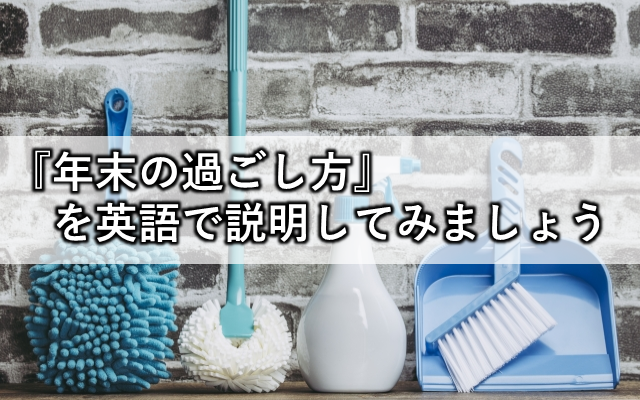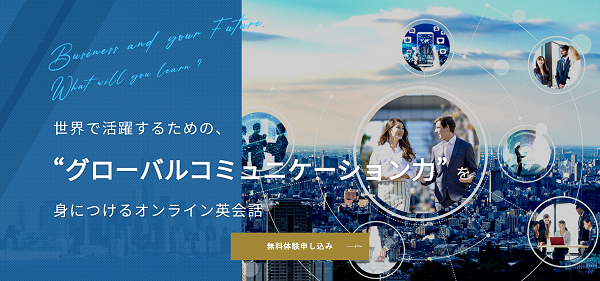使える表現
英語でニッポンをフカボリ! DID YOU KNOW…?『年末の過ごし方』

ついつい誰かに話したくなってしまう日本のこと。
今回は日本の習慣をフカボリ!『年末の過ごし方』を説明してみましょう。
まずはKey Words & Phrasesから。
テーマに関連する語句
end of the year(年末)
year-end(年末の)
deity(神)
New Year’s postcard / New Year’s card(年賀状)
New Year’s Eve(大晦日)
New Year’s Day(元旦)
layered lacquer box(漆塗りの重箱)
upcoming year(《近々始まる・もうすぐやってくる》新年)
一般的な語句
considered (to be) (~と考えられている)
diverse(多様な・さまざまな)
associated with(~と関連する・関係する)
thoroughly(隈なく・徹底的に)
no matter how(どんなに~であろうとも)
carried down to the present(現代まで受け継がれている)
profound meaning(深い意味)
longevity(長寿・長生き)
prosperity(繁栄・繁盛)
ritual(儀式)
intend to(~を意図する・目的とする)
続いて、今回のテーマに挑戦!
Do you know how people spend the year-end and New-Year holidays in Japan?
(年末年始の過ごし方を知ってますか?)
・New Year has been an important celebration in Japan because it is considered time to welcome a Shinto deity at home and pray for happiness of the year.
・Although there are diverse ways of spending the holidays, some family traditions associated with the New Year still remain the same.
・Typically, people in Japan send a New Year’s postcard and clean the house thoroughly by the time new year comes. Besides that, they eat certain foods and visit a shrine or temple for the new year.
・No matter how time goes by, the events and customs for the New Year have been carried down to the present, as they have profound meaning.
3 Questions for Digging Deeper! 《 もっと掘り下げてみよう! 》
What kind of food is eaten during the holidays?
(どんなものを食べるの?)
The representative example includes soba noodles and traditional New Year’s dishes called “Osechi”. Soba noodles, made of buckwheat flour, are served on the New Year’s Eve wishing for a long life, as soba noodles represent longevity in Japan. As for Osechi, it contains various foods such as fish, vegetables and seaweed symbolizing happiness, prosperity and longevity. They are typically served in layered lacquer boxes on New Year’s Day.
Why do people clean houses at the end of the year?
(年末に大掃除をする理由は?)
The custom of housecleaning is derived from rituals of shinto and believed to have been practiced to welcome a deity called “Toshigami-sama”. Toshigami-sama is the deity of good harvest for the upcoming year. That’s why people clean and purify the house so that they are able to greet the deity nicely and comfortably.
Apart from the religious aspect, it is simply refreshing to clean up a house before wrapping up the year.
What’s the purpose of sending a New Year postcard?
(年賀状の目的は?)
A New Year postcard, also known as nengajo is primarily intended to express gratitude for friends, relatives and colleagues wishing a long term relationship with them as well as celebrating the New Year. Ideally speaking, postcards should be posted by December 25th to ensure they are delivered on New Year’s Day.
年末年始の過ごし方も国によって様々、お互いの過ごし方について講師と情報交換をしてみてはいかがでしょうか!?







